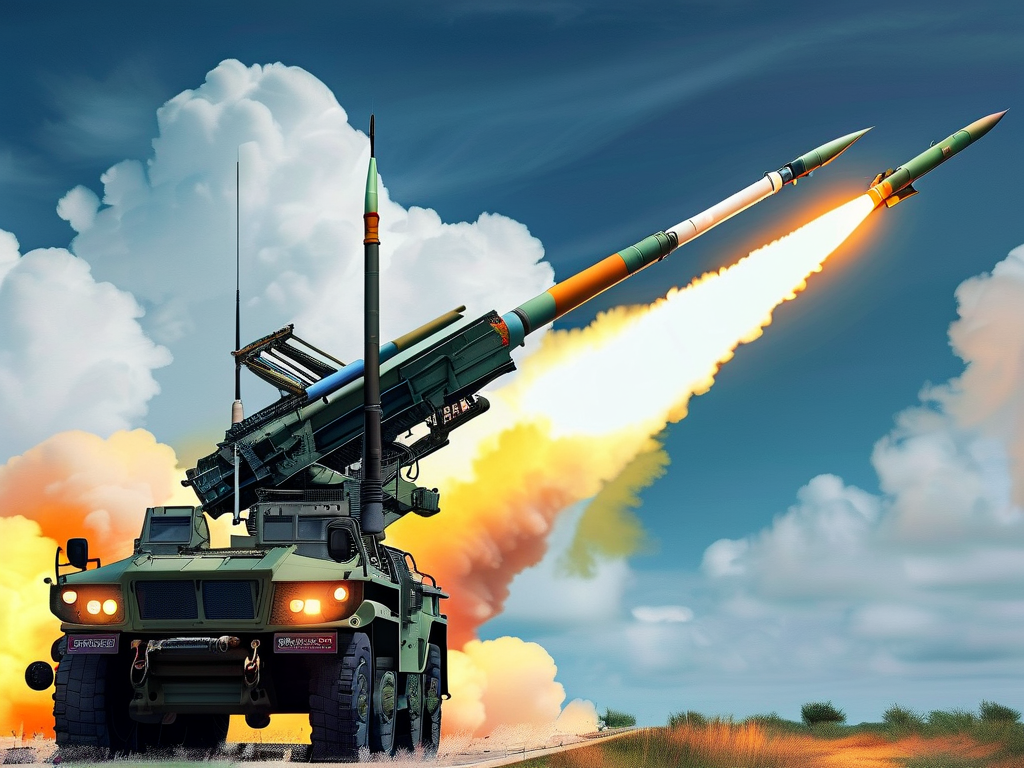The evolution of missile launch systems has always been intertwined with advancements in embedded development technologies. Modern missile systems demand unparalleled precision, reliability, and adaptability, all of which hinge on the sophistication of their embedded architectures. This article explores the critical role of embedded systems in missile launch applications, focusing on design principles, real-time processing, and security frameworks that define this high-stakes domain.

Foundations of Missile-Embedded Systems
At the core of any missile launch system lies an embedded platform engineered for deterministic performance. These systems integrate microcontrollers, field-programmable gate arrays (FPGAs), and application-specific integrated circuits (ASICs) to handle tasks ranging from trajectory calculations to actuator control. Unlike consumer-grade embedded devices, missile systems prioritize fault tolerance and minimal latency. For instance, a typical guidance algorithm might run on a dual-core processor with redundant clock cycles to ensure computational integrity even under electromagnetic interference.
One notable example is the use of real-time operating systems (RTOS) like VxWorks or Integrity. These OSs allocate resources with nanosecond-level precision, enabling tasks such as sensor data fusion and thruster adjustments to occur without jitter. Developers often employ hardware description languages (HDLs) such as VHDL to program FPGAs, creating custom logic circuits optimized for specific signal-processing workflows.
Challenges in Real-Time Data Processing
Missile launch systems generate terabytes of data per second from radar, inertial measurement units (IMUs), and environmental sensors. Embedded engineers face the daunting task of filtering noise while extracting actionable insights in real time. A common solution involves layered processing: raw data undergoes preliminary filtering at the hardware level before being passed to software-based Kalman filters or neural networks for refinement.
Consider a hypersonic missile navigating through turbulent atmospheric layers. Its embedded system must correlate inputs from gyroscopes, GPS satellites, and thermal cameras to adjust flight parameters within microseconds. This requires not only robust algorithms but also memory architectures that minimize access latency. Non-volatile memory (NVM) technologies like MRAM are gaining traction for their ability to retain data during power fluctuations—a critical feature during high-G maneuvers.
Security and Anti-Tamper Mechanisms
As cyber threats grow more sophisticated, securing missile embedded systems has become a top priority. Attack vectors range from side-channel attacks targeting power consumption patterns to malicious firmware updates. To counter these risks, developers implement multi-layered encryption protocols and physically unclonable functions (PUFs) that generate unique cryptographic keys based on hardware imperfections.
A case in point is the U.S. Department of Defense’s adoption of the Trusted Platform Module (TPM) 2.0 standard in recent missile guidance systems. These modules isolate sensitive operations—such as digital signature verification—from the main processor, creating a hardware-enforced security boundary. Additionally, techniques like clock glitch detection and voltage threshold monitoring help thwart physical tampering attempts.
Future Directions: AI and Modular Design
Emerging trends in embedded missile technology include the integration of machine learning accelerators and modular open-system architectures (MOSA). AI co-processors, such as tensor processing units (TPUs), enable onboard decision-making for evasive maneuvers or target re-prioritization without relying on external networks. Meanwhile, MOSA frameworks allow defense contractors to upgrade subsystems—like communication modules or power supplies—without redesigning the entire embedded stack.
For example, Lockheed Martin’s recent prototype of a modular missile system uses PCI Express (PCIe) Gen 4 interfaces to hot-swap payload modules mid-mission. This approach not only extends operational flexibility but also reduces lifecycle costs by enabling incremental upgrades.
Embedded development technologies remain the unsung heroes of modern missile systems, bridging the gap between theoretical physics and battlefield realities. As threats evolve, so too must the embedded platforms that defend against them—through faster processors, smarter algorithms, and ironclad security. The next decade will likely witness embedded systems that blur the line between engineering and artistry, all in service of national security.









